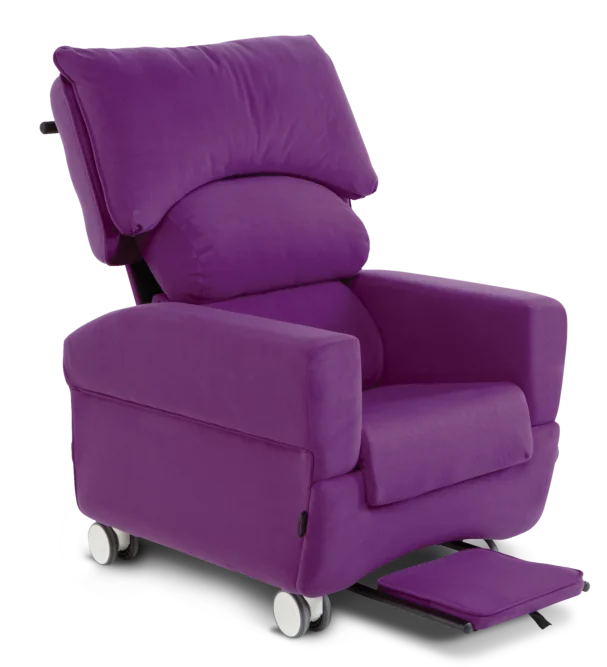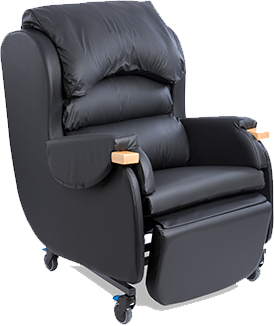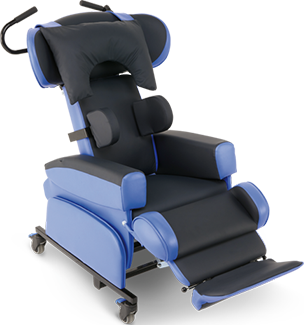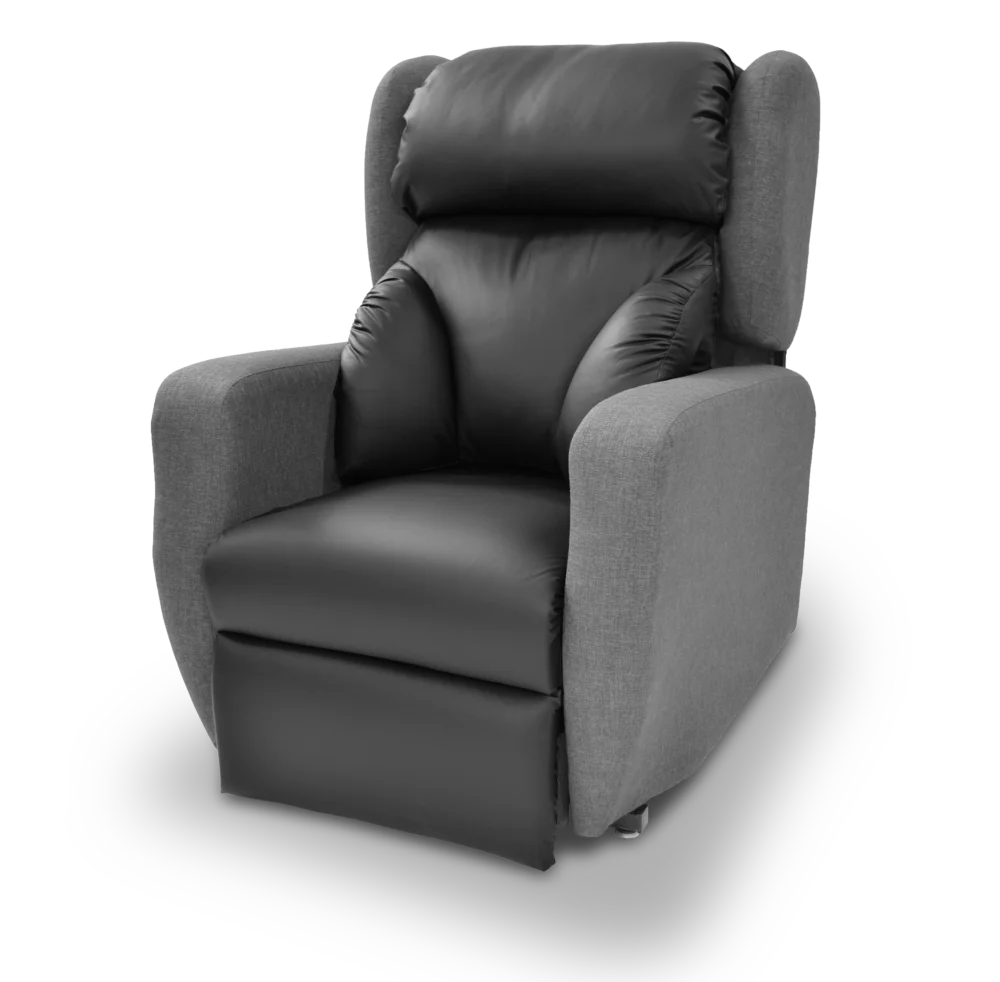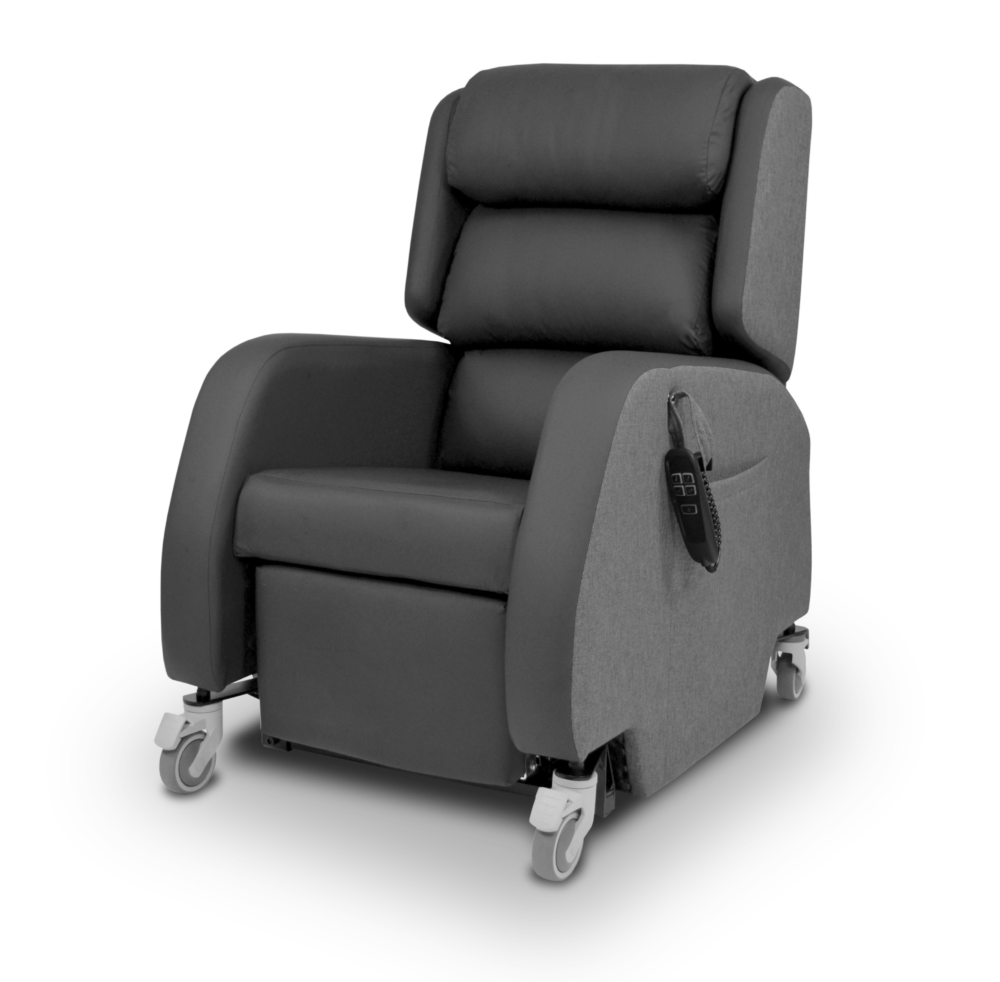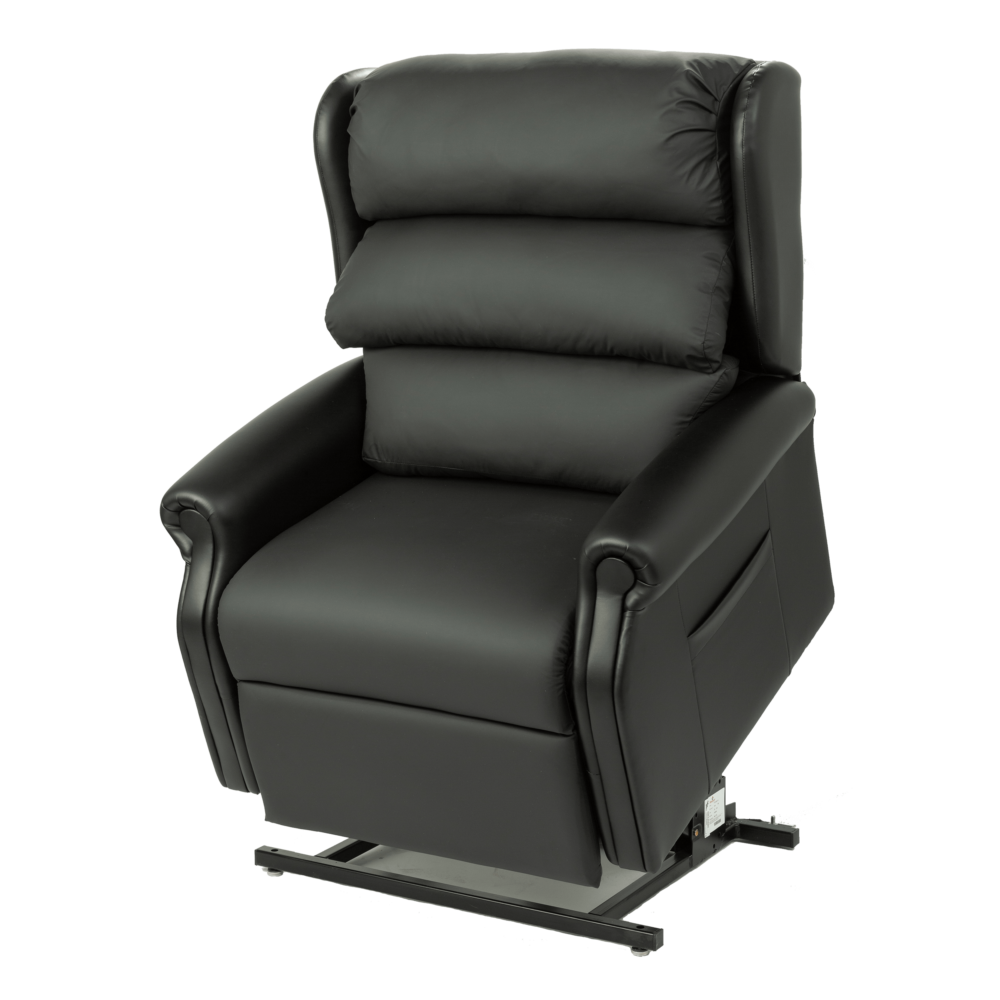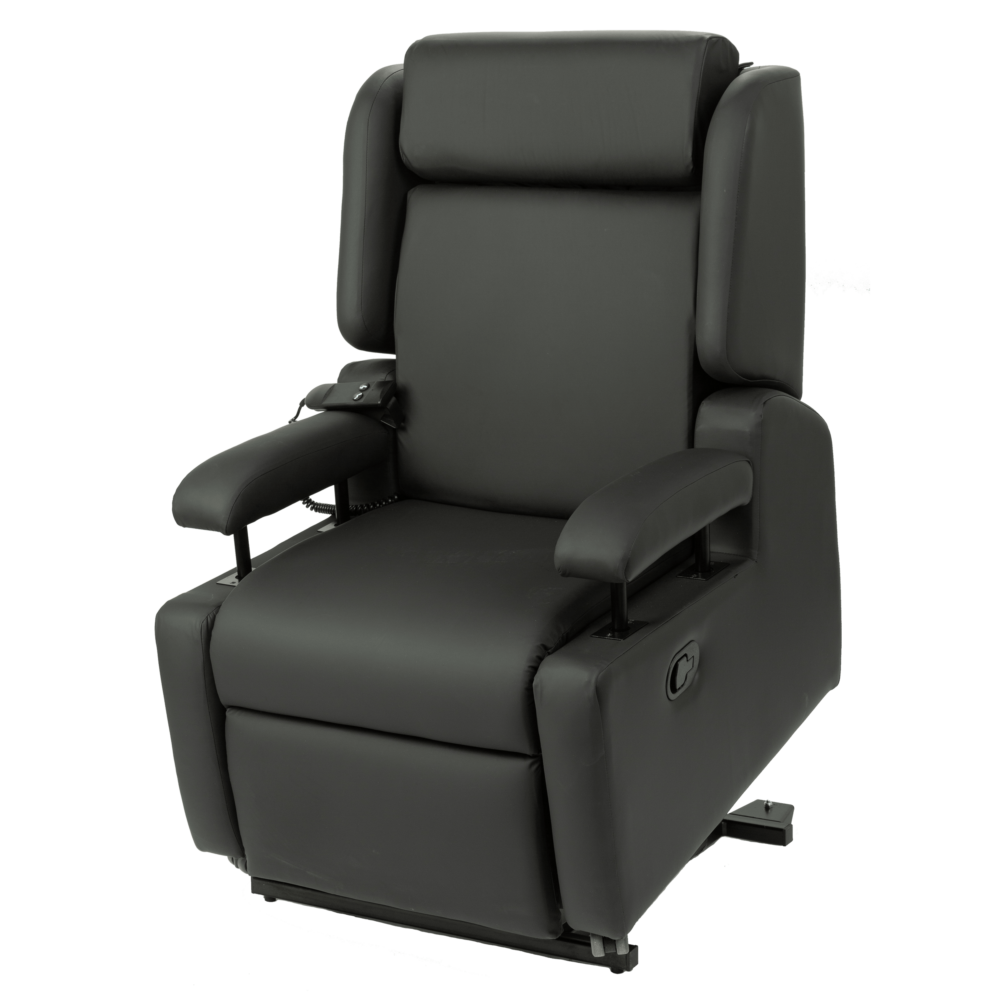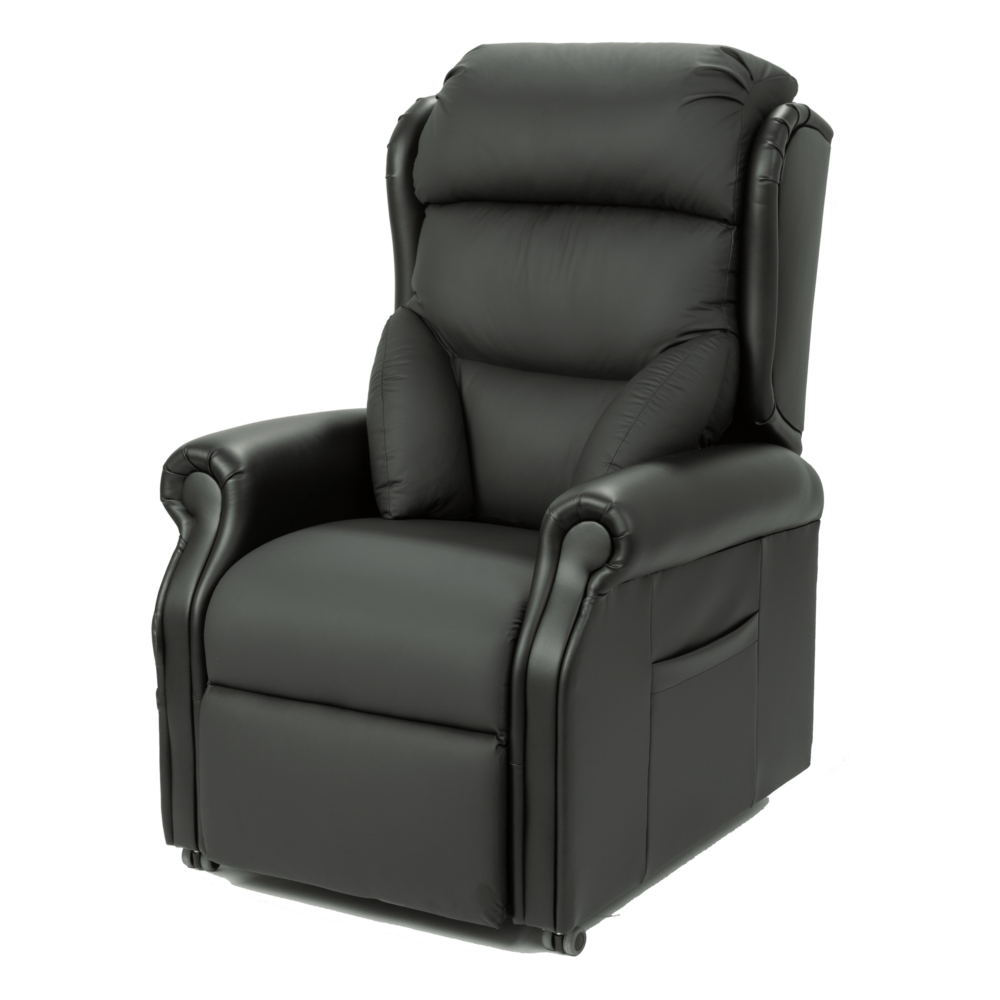What is a cerebral vascular accident?
A cerebral vascular accident, commonly known as a stroke, is a serious life-threatening medical condition that occurs when the blood flow to the brain is cut off resulting in lack of oxygen and nutrients getting to the brain cells1. Like all organs, the brain needs the vital oxygen and nutrients provided by the blood to function properly. If the supply of blood is restricted or stopped, brain cells begin to die. This can lead to brain injury, disability and possibly death. The brain controls various body functions; if the brain cells die in a particular region of the brain then the body function that area is responsible for won’t work as normal.
What should you do if a stroke happens2?
Strokes are a medical emergency and urgent treatment is essential. If you suspect that you or someone else is having a stroke, phone 999 immediately and ask for an ambulance. Signs and symptoms to look out can be remembered by the word FAST:
- Face – the face may have dropped on one side, the person may not be able to smile, or their mouth or eye may have dropped
- Arms – the person may not be able to lift both arms and keep them there because of weakness or numbness
- Speech – their speech may be slurred or garbled, or the person may not be able to talk at all despite appearing to be awake
- Time – it’s time to dial 999 immediately if you see any of these signs or symptoms
What causes a stroke?
As we age, our arteries become narrower and harder thus more likely to become blocked. However, certain medical conditions and lifestyle factors can speed up this process and increase the risk of having a stroke, such has high blood pressure, diabetes, atrial fibrillation and high cholesterol.
Are there different types of stroke?
There are two main types of stroke:
- Ischaemic – where the blood supply is stopped because of a blood clot or the narrowing of an artery, accounting for 85% of all cases2
- Haemorrhagic – where a weakened blood vessel supplying the brain bursts (aneurysm)
What is a mini-stroke?
There’s also a related condition known as a transient ischaemic attack (TIA), where the blood supply to the brain is temporarily interrupted. This causes what’s known as a mini-stroke, often lasting between a few minutes and several hours.
“Strokes are a medical emergency and urgent treatment is essential”
What are the effects of a stroke?
The injury to the brain caused by a stroke can lead to widespread and long-lasting problems. Although some people may recover quickly and return to normal function, many people who have a stroke need long-term support to help them regain as much independence as possible.
This process of rehabilitation depends on the effects and their severity. Common effects include psychological impact, fatigue, cognitive and communication problems, and physical problems, such as swallowing difficulties, incontinence, pain and sensory impairments.
As part of the rehabilitation process physical and cognitive functions will be assessed and a management plan will be created, which may include the prescription of specialist equipment.
A team of specialists will be available to help with the rehabilitation, including Physiotherapists, Psychologists, Occupational Therapists, Speech & Language Therapists, Dietitians, and specialist Nurses and Doctors.
Can a stroke affect movement?
Most people will have some problems with movement after a stroke. The main cause is weakness in the muscles, which can affect the ability to move the body. In severe cases, an individual won’t be able to move parts of their body at all; this is called paralysis. Other problems seen include mobility problems due to reduced balance and foot drop, reduced stamina, and spasticity whereby muscles become tight.
What postural challenges can result from a stroke?
- Fatigue
- Muscle weakness or paralysis
- Poor sitting balance
- Scoliosis
- Pelvic instability
- Posterior pelvic tilt
- Abnormal muscle tone
- Contractures
- Sensory impairments
- Rehabilitation potential
References
Stroke Association (2018) Types of stroke Available from: www.stroke.org.uk/what-is-stroke/types-of-stroke
NHS Choices (2017) Stroke Available from: www.nhs.uk/conditions/stroke/

